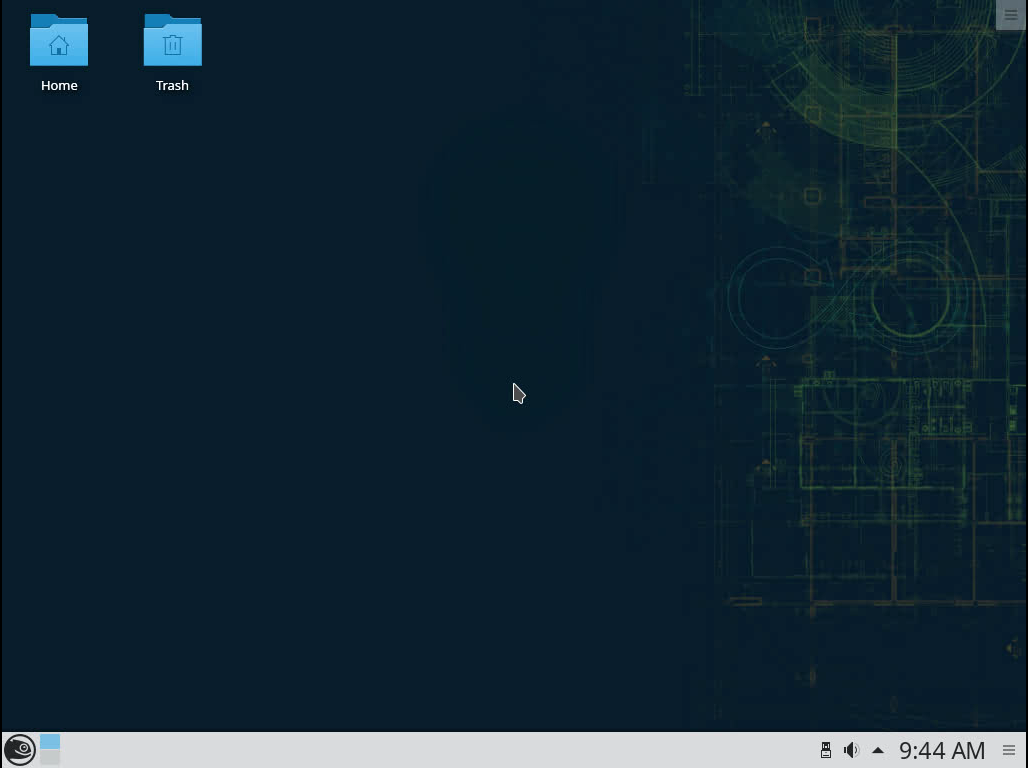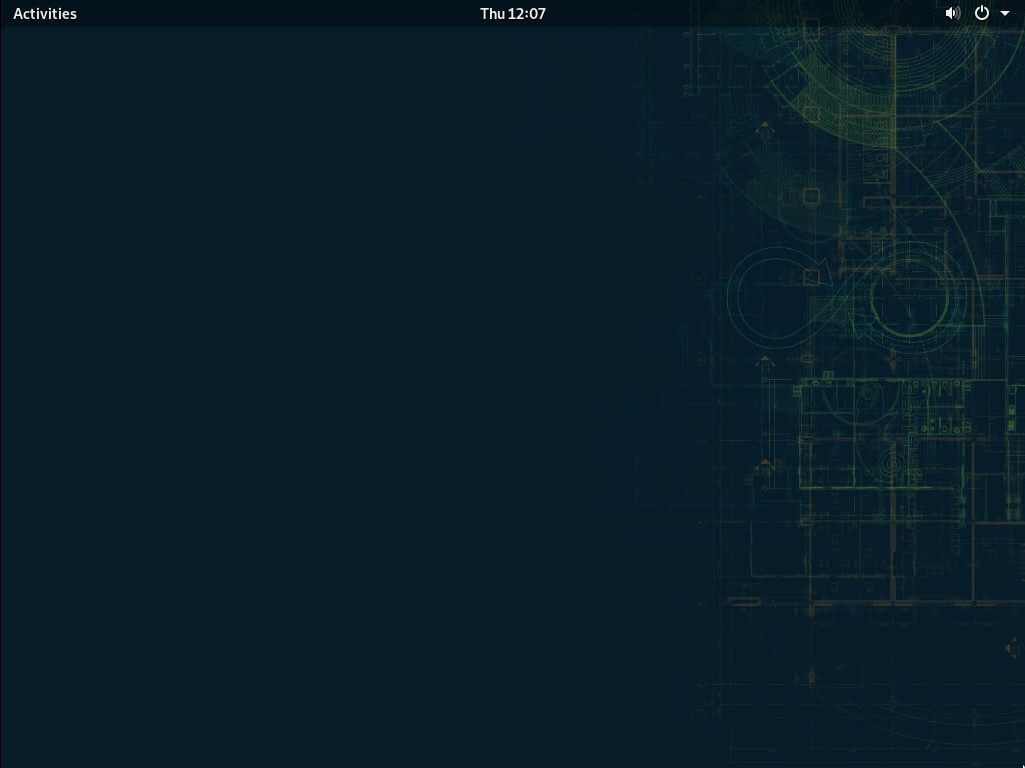

Can’t you roll back to a snapshot before the update that broke it? Then you can wait with updating for a week or two, in hopes that it gets fixed in the next Tumbleweed update…


Can’t you roll back to a snapshot before the update that broke it? Then you can wait with updating for a week or two, in hopes that it gets fixed in the next Tumbleweed update…
Ah, interesting. In my current setup, I dump the auxilliary files into a folder above the repo, but it can certainly make it a bit messy to find the repo in there then…
For a project called “Potato Peeler”, I’ll put it into a structure like this:
~/Projects/Tools/Potato-Peeler/potato-peeler/
Tools/ is just a rough category. Other categories are, for example, Games/ and Music/, because I also do gamedev and composing occasionally.
Then the capitalized Potato-Peeler/ folder, that’s for me to drop in all kinds of project-related files, which I don’t want to check into the repo.
And the lower-case potato-peeler/ folder is the repo then. Seeing other people’s structures, maybe I’ll rename that folder to repo/, and if I have multiple relevant repos for the Project, then make it repo-something.
I also have a folder like ~/Projects/Tools/zzz/ where I’ll move dormant projects. The “zzz” sorts nicely to the bottom of the list.
Is “code”, “designs” and “wiki” here just some example files in the repo or are those sub-folders, and you only have the repo underneath code?
A distro is a complete installable operating system (+ a set of software repositories from which you can install updates and new software).
Many distributions (or their flavors/spins) will come with a default desktop environment and then usually also apply some distro-appropriate theming to that desktop environment.
If you look at screenshots of distributions, you’re likely just looking at screenshots of their themed default desktop environment.
And a desktop environment is essentially the GUI of your OS.
It includes software such as the panel/taskbar, the application menu, the systray, the audio system, icons, a login screen etc… It also typically comes with a set of default applications, such as a file manager, a terminal emulator, a text editor etc…
In a sense, the desktop environment contains essentially everything that differentiates a desktop OS from a server OS (the latter is usually just a terminal, without graphical interface).
Never was terribly happy with the previous Tumbleweed wallpaper. It’s background being so dark really clashed with the default light theme for KDE:

I guess, it looked better on GNOME:

But yeah, I’m hoping this rebranding means we’ll see appropriately set light and dark default wallpapers…
Is the normal Breeze cursor not an option?
I’m also not quite sure what you mean with “Wayland cursor”, but I’m using the default Breeze cursor under Wayland without problems…
Both parents are on openSUSE KDE. They only use the web browser and printer, so it pretty much doesn’t matter what UI they use, but it really helped with their acceptance that KDE not only works similar to Windows, it was a clear upgrade from Windows 7, with it looking more modern and being a lot faster.
I also like openSUSE for this, because YaST allows me to administer their PC without cracking out the terminal for everything. It just gives them at least a tiny bit of hope that they might be able to do this themselves. And my brother, who’s not a Linux person, has managed to fix things via YaST without my help.
Ultimately, though, I use openSUSE KDE myself, and that’s really important.
If my parents mildly complain about something, I can proactively offer to change that, because I know all the settings of KDE and YaST.
Or if I don’t know whether there’s a setting, I can go digging for it on my system.
But perhaps most importantly:
“This Linux thing isn’t working.” – “Hmm, it’s working on my system, so there’s gotta be a way to fix it.”
That immediately shuts down any negativity, so I can concentrate on fixing it, rather than deflecting their grumbling.
Oh, you don’t have to always boot anew from the read-only snapshot.
When you’re booted into the working read-only snapshot, run
sudo snapper rollbackand then do a normal reboot.This will make that read-only snapshot your new (read-writable) system state. So, after doing this, your OS will be as if you never applied that update.
More info on that command: https://doc.opensuse.org/documentation/leap/archive/15.0/reference/html/book.opensuse.reference/cha.snapper.html#sec.snapper.snapshot-boot